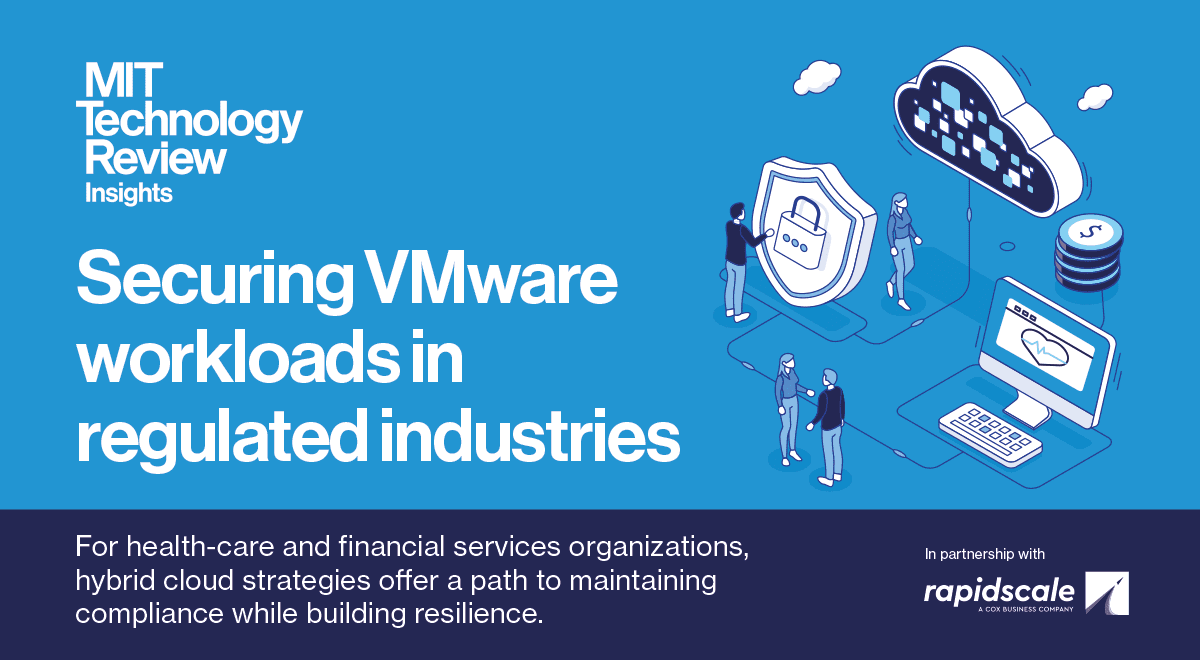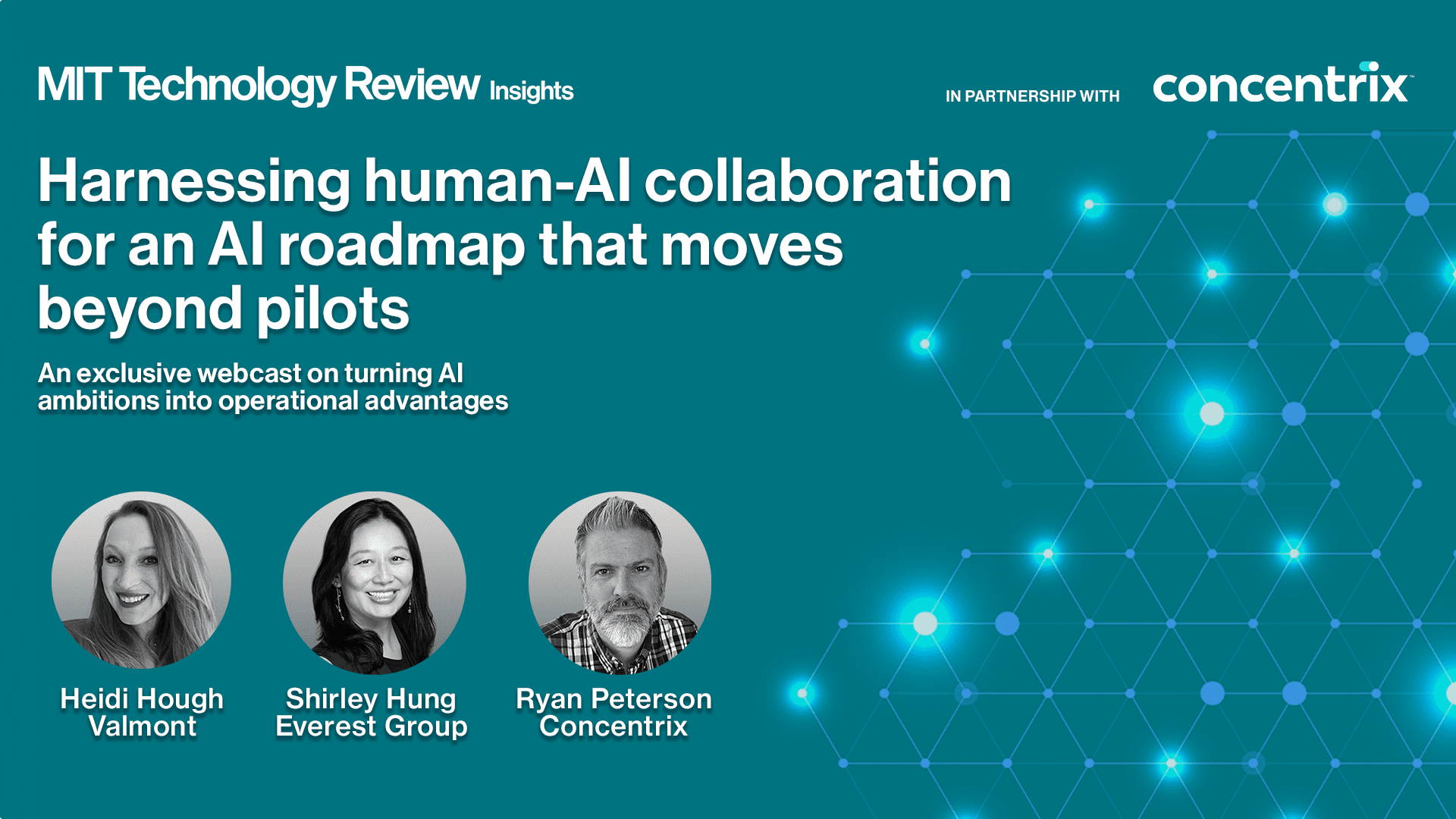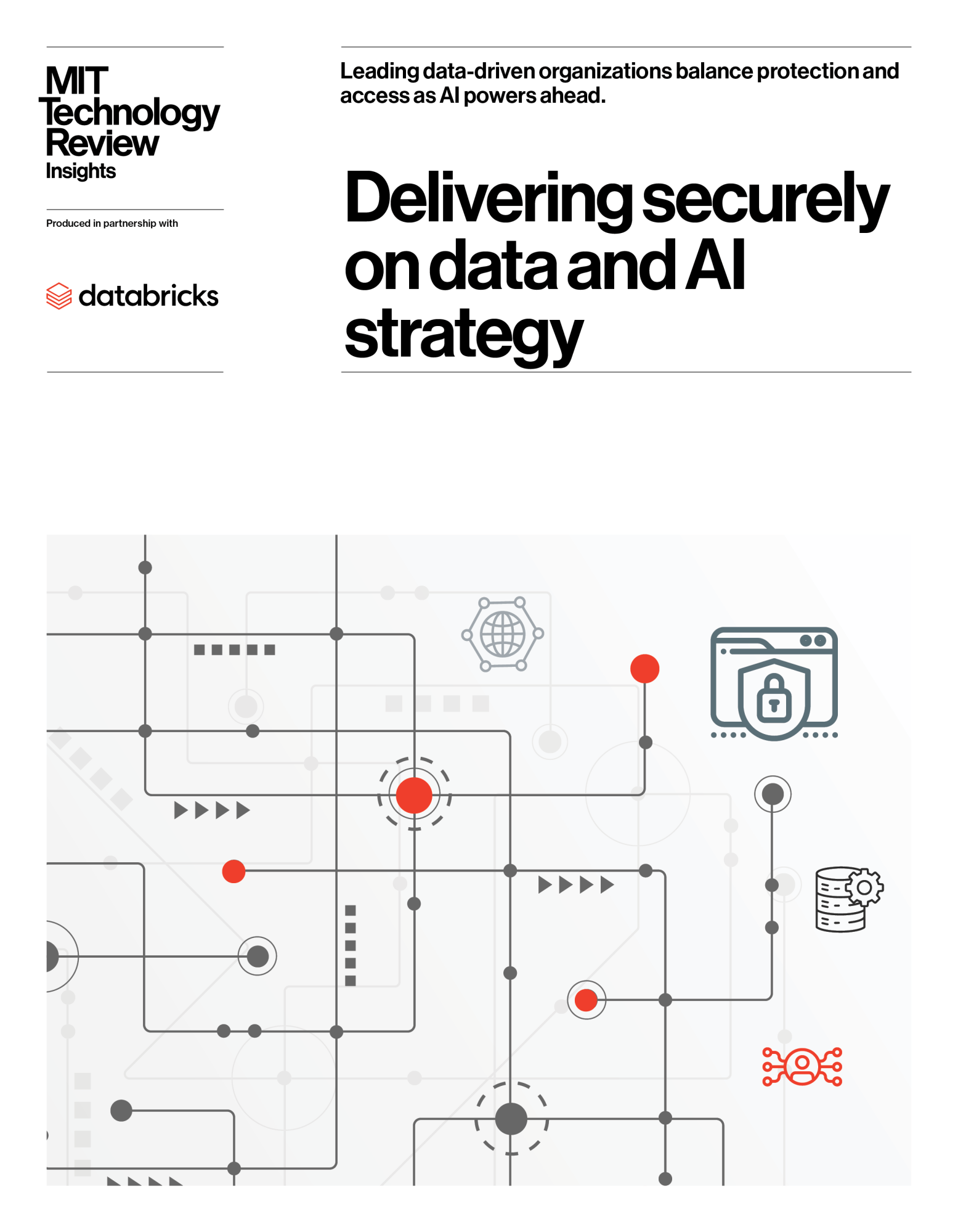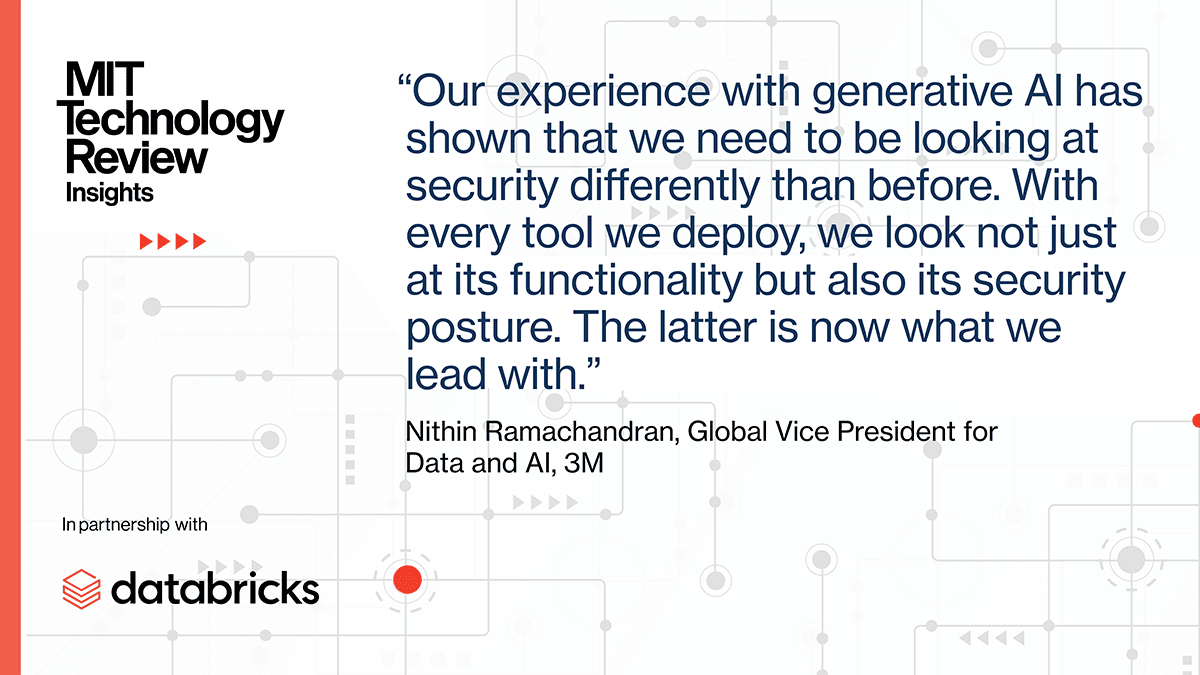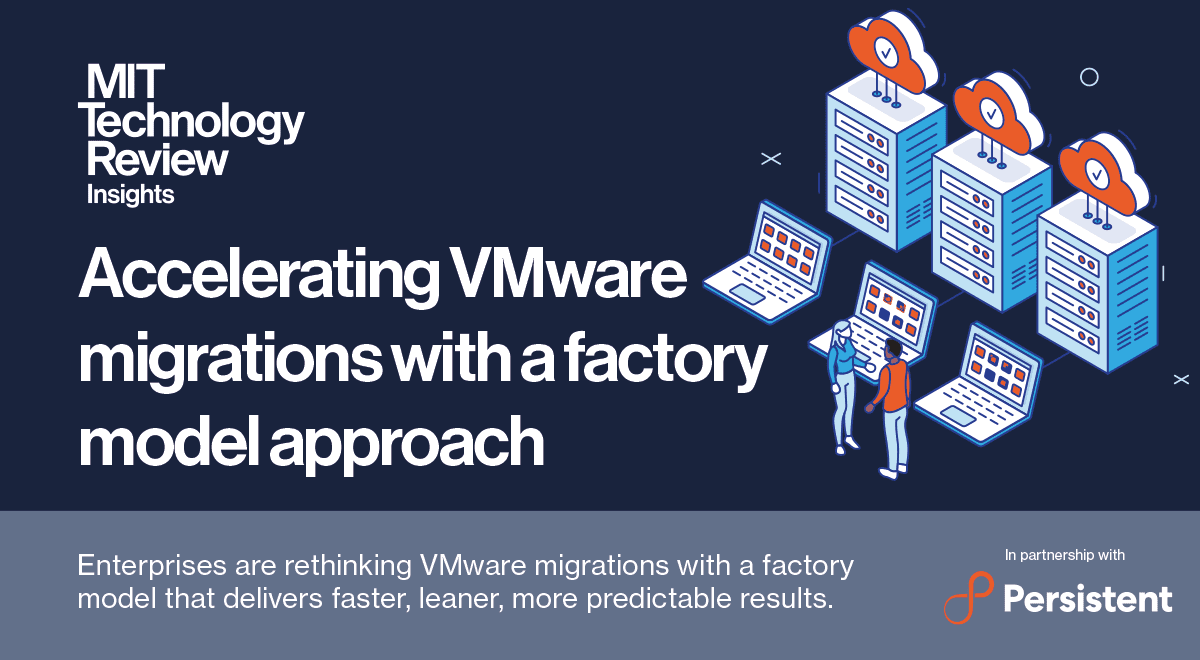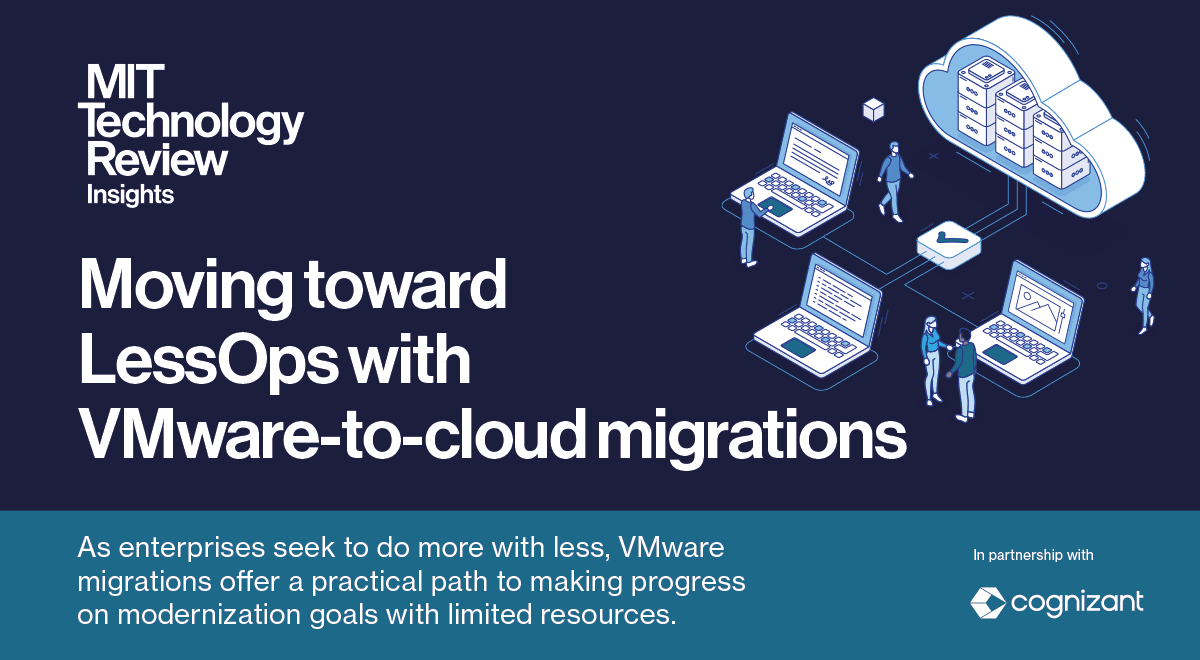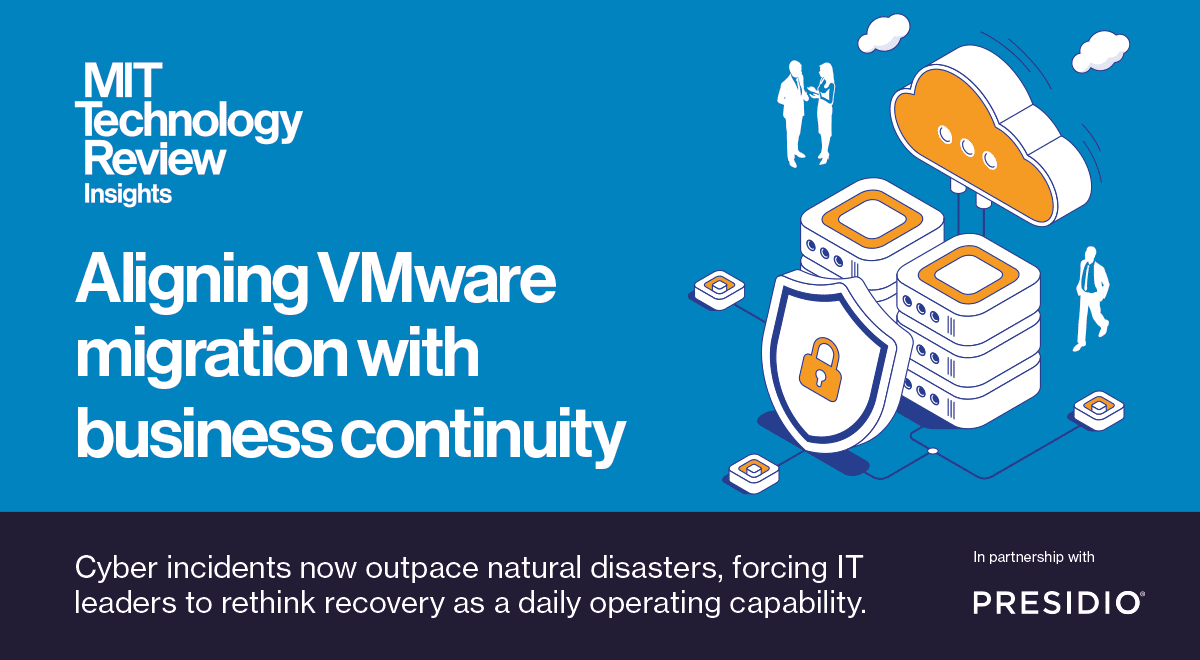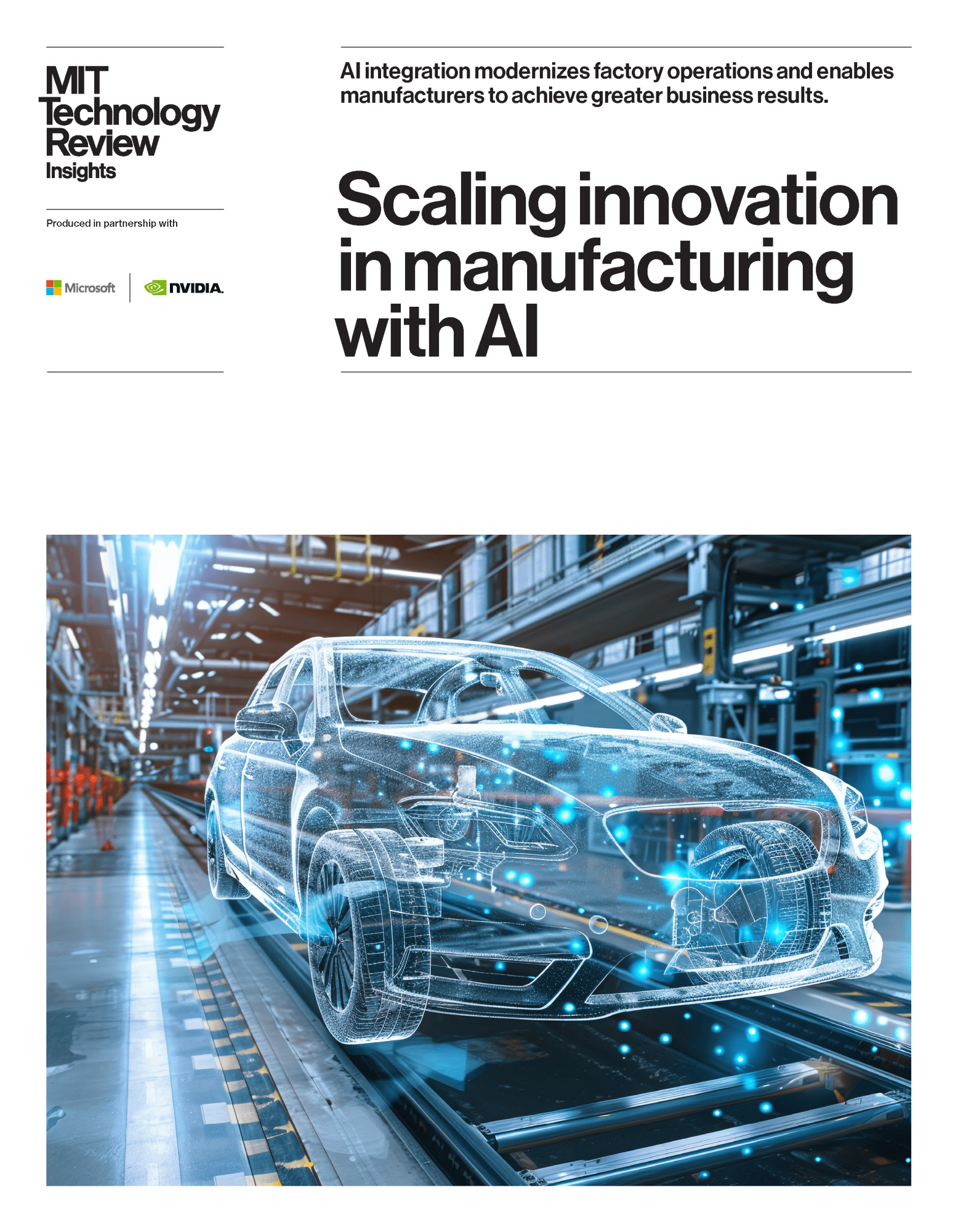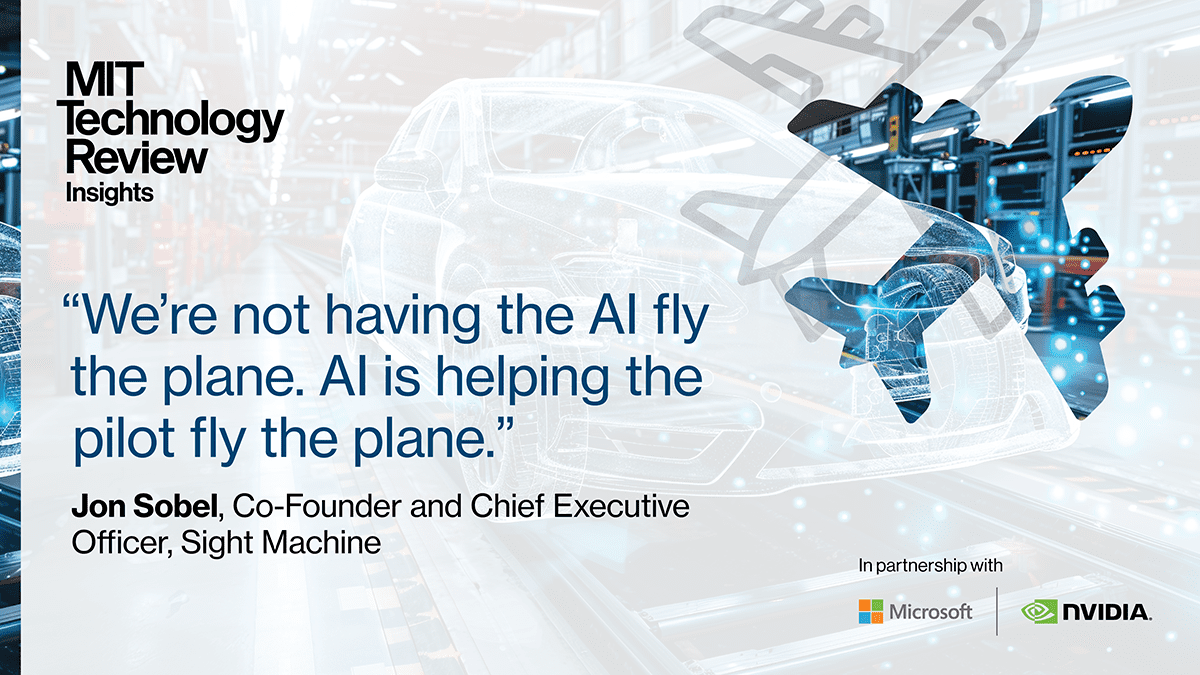Creating psychological safety in the AI era
Rolling out enterprise-grade AI means climbing two steep cliffs at once. First, understanding and implementing the tech itself. And second, creating the cultural conditions where employees can maximize its value. While the technical hurdles are significant, the human element can be even more consequential; fear and ambiguity can stall momentum of even the most promising initiatives.

Psychological safety—feeling free to express opinions and take calculated risks without worrying about career repercussions1—is essential for successful AI adoption. In psychologically safe workspaces, employees are empowered to challenge assumptions and raise concerns about new tools without fear of reprisal. This is nothing short of a necessity when introducing a nascent and profoundly powerful technology that still lacks established best practices.
“Psychological safety is mandatory in this new era of AI,” says Rafee Tarafdar, executive vice president and chief technology officer at Infosys. “The tech itself is evolving so fast—companies have to experiment, and some things will fail. There needs to be a safety net.”
To gauge how psychological safety influences success with enterprise-level AI, MIT Technology Review Insights conducted a survey of 500 business leaders. The findings reveal high self-reported levels of psychological safety, but also suggest that fear still has a foothold. Anecdotally, industry experts highlight a reason for the disconnect between rhetoric and reality: while organizations may promote a safe to experiment message publicly, deeper cultural undercurrents can counteract that intent.
Building psychological safety requires a coordinated, systems-level approach, and human resources (HR) alone cannot deliver such transformation. Instead, enterprises must deeply embed psychological safety into their collaboration processes.
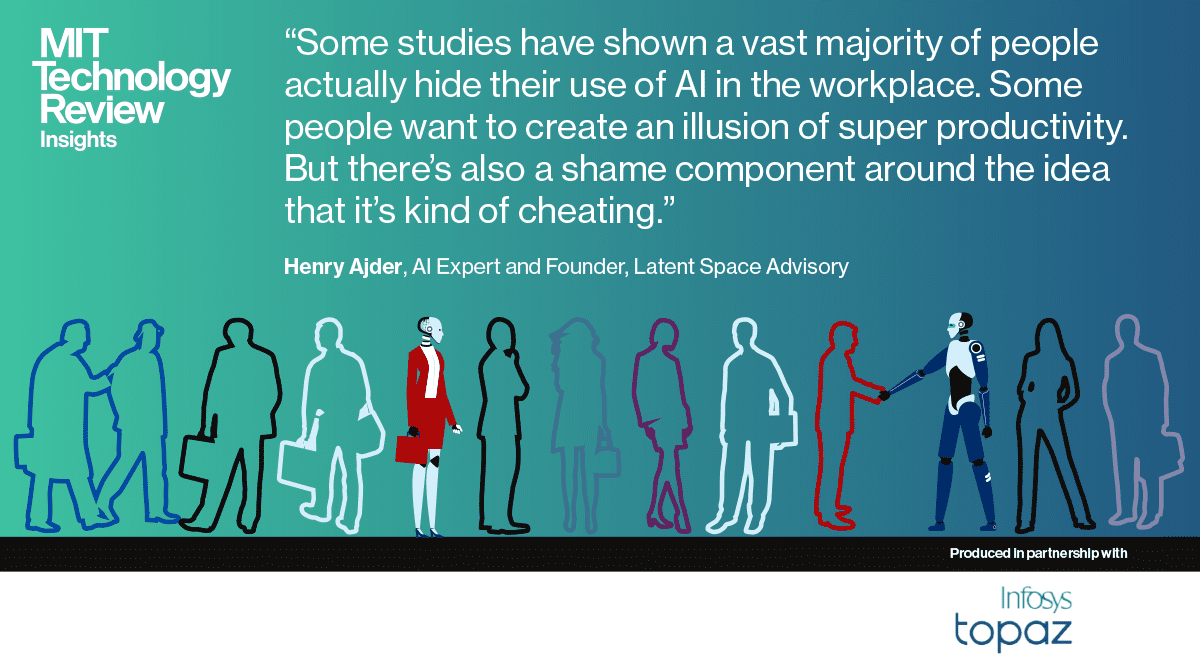


Key findings for this report include:
- Companies with experiment-friendly cultures have greater success with AI projects. The majority of executives surveyed (83%) believe a company culture that prioritizes psychological safety measurably improves the success of AI initiatives. Four in five leaders agree that organizations fostering such safety are more successful at adopting AI, and 84% have observed connections between psychological safety and tangible AI outcomes.
- Psychological barriers are proving to be greater obstacles to enterprise AI adoption than technological challenges. Encouragingly, nearly three-quarters (73%) of respondents indicated they feel safe to provide honest feedback and express opinions freely in their workplace. Still, a significant share (22%) admit they’ve hesitated to lead an AI project because they might be blamed if it misfires.
- Achieving psychological safety is a moving target for many organizations. Fewer than half of leaders (39%) rate their organization’s current level of psychological safety as “very high.” Another 48%report a “moderate” degree of it. This may mean that some enterprises are pursuing AI adoption on cultural foundations that are not yet fully stable.
This content was produced by Insights, the custom content arm of MIT Technology Review. It was not written by MIT Technology Review’s editorial staff. It was researched, designed, and written by human writers, editors, analysts, and illustrators. This includes the writing of surveys and collection of data for surveys. AI tools that may have been used were limited to secondary production processes that passed thorough human review.


